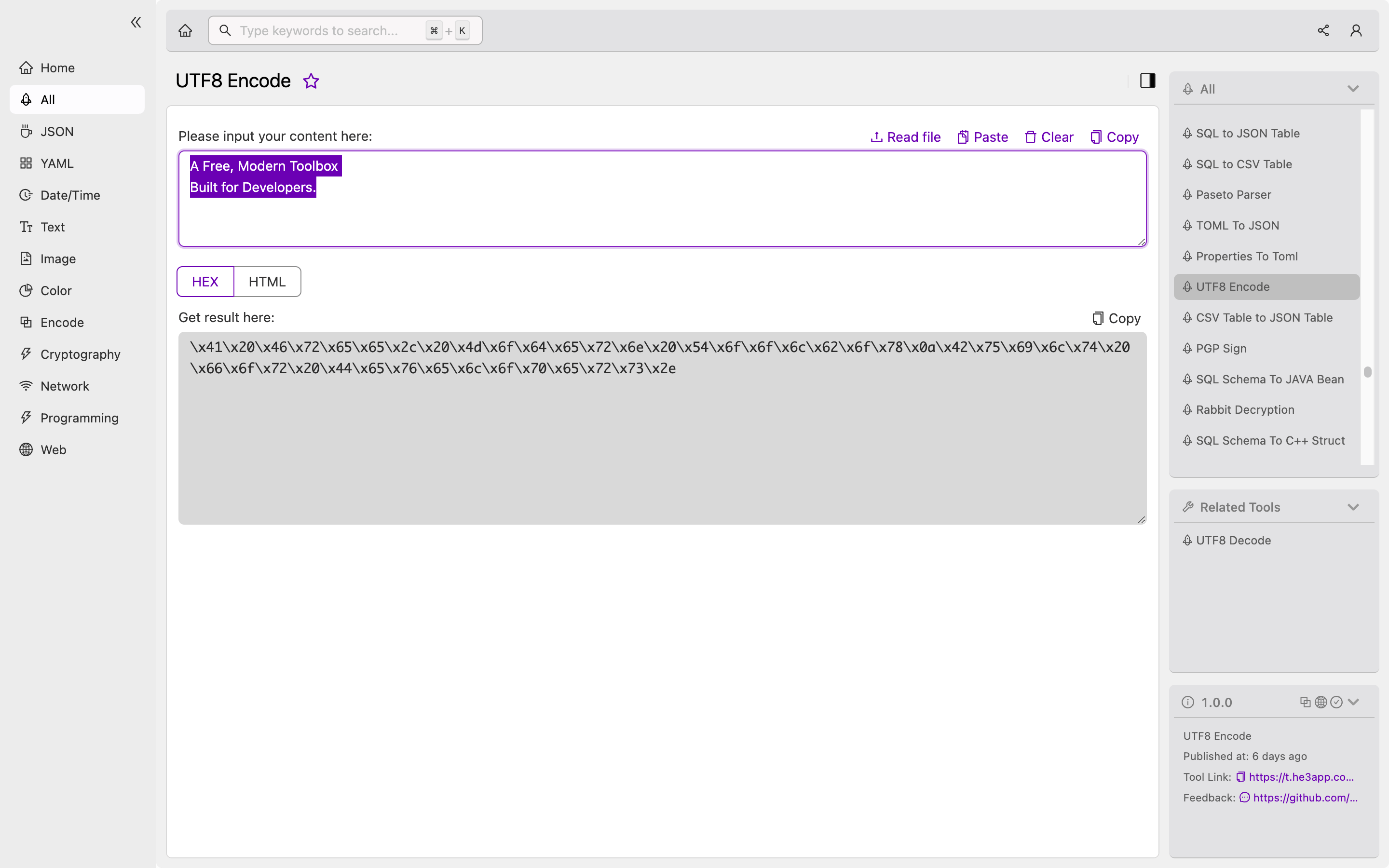UTF8 Encode is a popular character encoding method that is commonly used in programming and web development. It is a way of mapping binary codes to characters in the Unicode character set. This method allows developers to represent a wide range of characters, including those that are not available in traditional character sets like ASCII. In this article, we will discuss everything you need to know about UTF8 Encode, its key features, and how it can be used in various scenarios for developers.
How UTF8 Encode Works
UTF8 Encode represents characters using one to four bytes, depending on their Unicode value. The first byte of a character’s UTF8 representation contains information about how many bytes are needed to represent the character. The subsequent bytes contain the remaining bits of the character’s code. This system allows UTF8 to represent over 1 million characters, including scripts, symbols, and emojis.
To represent text in UTF8, developers can use various programming languages and tools that support the encoding method. For example, in Python, the encode() method can be used to convert Unicode strings to UTF8 encoded bytes, while the decode() method can be used to convert UTF8 bytes to Unicode strings.
Or you can use the UTF8 Encode tool in He3 Toolbox (https://t.he3app.com?2hiu ) easily.

Key Features of UTF8 Encode
Some of the key features of UTF8 Encode include:
- Universal Support: UTF8 is widely supported across different programming languages, platforms, and devices.
- Compatibility: UTF8 is backward compatible with ASCII, which means it can represent ASCII characters using a single byte. This allows developers to write code that is compatible with both traditional and Unicode character sets.
- Efficiency: UTF8 uses fewer bytes to represent characters than other encoding methods like UTF16 or UTF32. This makes it more efficient for storing and transporting large amounts of text.
- Self-Synchronized: UTF8 uses a self-synchronized structure, which means that data can be read from any point of a byte sequence without knowing the start byte. This makes it easier to parse and manipulate Unicode text.
Scenarios for Using UTF8 Encode
UTF8 Encode can be useful in various scenarios for developers, including:
- Storing and transmitting text data that contains non-ASCII characters, such as international languages, symbols, and emojis.
- Parsing and manipulating text data from different sources that use different character sets and encoding methods.
- Building web applications that require support for non-ASCII characters in form inputs, URLs, and meta tags.
Misconceptions and FAQs
There are some common misconceptions about UTF8 Encode that developers should be aware of, such as:
- UTF8 is not the only Unicode encoding method: While UTF8 is the most popular Unicode encoding method, there are other methods like UTF16 and UTF32 that can also be used depending on the specific requirements of a project.
- UTF8 is not a font or a language: UTF8 is a character encoding method that represents text data in a binary format. It does not define how text should appear on a screen or represent a specific language.
Some common FAQs about UTF8 Encode include:
- Is UTF8 the same as Unicode? No, UTF8 is an encoding method for Unicode, which is a standard for representing text in various languages and scripts.
- Can UTF8 represent all languages? Yes, UTF8 can represent over 1 million characters, including all characters in the Unicode character set. This includes scripts from different languages, symbols, emojis, and more.
Conclusion
UTF8 Encode is an important encoding method that allows developers to represent a wide range of characters in their projects. It is efficient, compatible, and widely supported across different platforms and devices. By understanding how UTF8 Encode works and its key features, developers can leverage this encoding method to build more robust and inclusive software applications.
Reference links:
